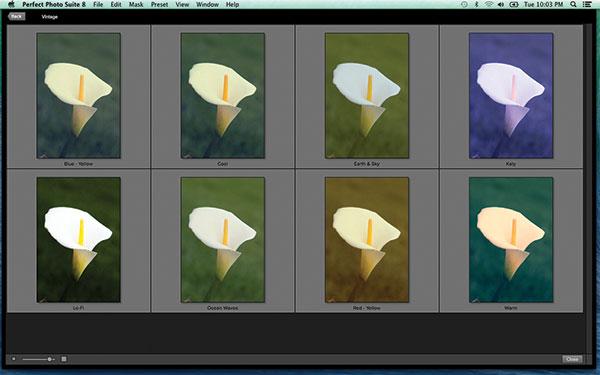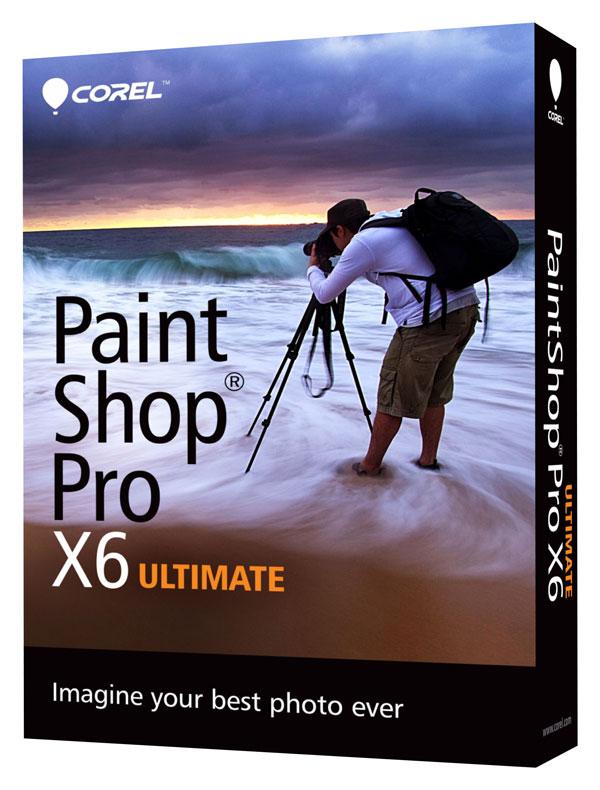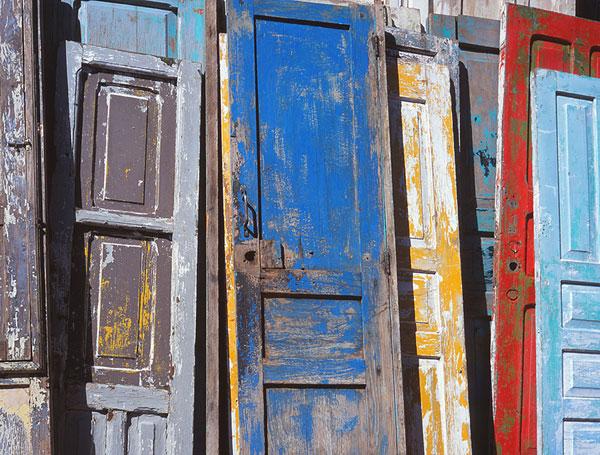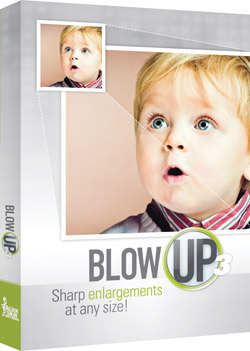Software Reviews
Sort By: Post Date TitlePublish Date
|
Aug 19, 2014
|
Aug 08, 2014
|
Jun 03, 2014 |
First Published: May 01, 2014
|
May 30, 2014 |
First Published: May 01, 2014
|
Feb 27, 2014 |
First Published: Jan 01, 2014
|
Feb 24, 2014 |
First Published: Jan 01, 2014
|
Feb 07, 2014 |
First Published: Jan 01, 2014
|
Jan 07, 2014 |
First Published: Nov 01, 2013
|
Dec 31, 2013 |
First Published: Nov 01, 2013
|
Dec 06, 2013 |
First Published: Nov 01, 2013
Compact Camera NewsCompact Camera ReviewsDSLR NewsDSLR ReviewsLens NewsLens ReviewsLighting NewsLighting ReviewsPhoto Accessory NewsPhoto Accessory ReviewsPhoto Bag NewsPhoto Bag ReviewsPhoto Paper NewsPhoto Paper ReviewsPOV Camera NewsPOV Camera ReviewsPrinter NewsPrinter ReviewsSmartphone NewsSmartphone ReviewsSoftware NewsSoftware ReviewsTripod NewsTripod ReviewsVideo Camera NewsVideo Camera Reviews
|
Sep 10, 2013 |
First Published: Aug 01, 2013
|
Sep 08, 2013
|
Aug 19, 2013
|
Jun 21, 2013 |
First Published: May 01, 2013













 There’s a considerable difference between resizing, which means maintaining the same pixel dimensions and adapting to different document sizes at the same print resolution, and resampling, which means building additional pixels from the original file to enable printing larger documents at the same resolution. Say you have a 24MB file, obtained from an 8 megapixel digicam, that will normally fill an 8.5x11” print at 300 dpi when printing. But you just got a 13x19” printer and want to try your luck at that size, still at 300dpi. Well, for that you would need a 62MB file.
There’s a considerable difference between resizing, which means maintaining the same pixel dimensions and adapting to different document sizes at the same print resolution, and resampling, which means building additional pixels from the original file to enable printing larger documents at the same resolution. Say you have a 24MB file, obtained from an 8 megapixel digicam, that will normally fill an 8.5x11” print at 300 dpi when printing. But you just got a 13x19” printer and want to try your luck at that size, still at 300dpi. Well, for that you would need a 62MB file.

